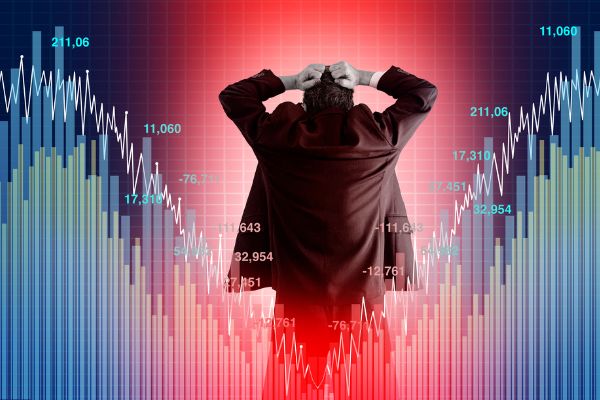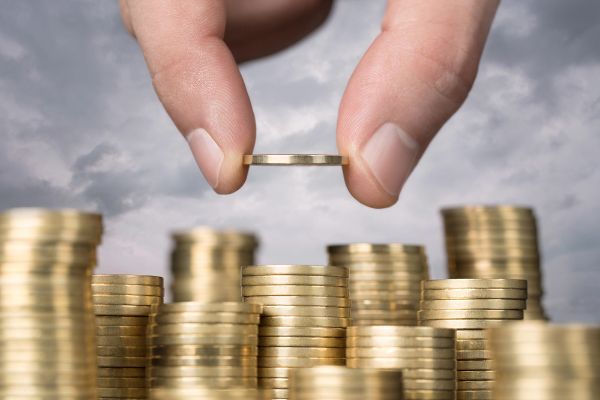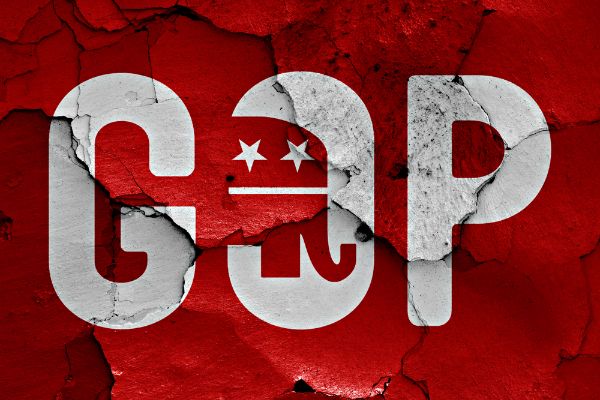The United States’ economic growth was slower and inflation was higher than originally predicted in the fourth quarter of last year, according to updated government data recently released.
According to the Commerce Department’s second estimate of GDP, the economy grew at a yearly inflation-adjusted rate of 2.7 percent from October through December. The prior estimate put the economy’s growth rate at 2.9 percent.
The downward adjustment was caused by a significant decrease in the estimate of consumer spending. Consumer spending is expected to expand at a 1.4 percent annual rate, down from 2.1 percent.
The reduction in spending might be due to changes in the end-of-year buying habits among U.S. consumers. Christmas shopping has shifted earlier in the year, with many shoppers purchasing holiday presents as early as September—which falls in the year’s 3rd quarter.
Consumer spending, on the other hand, may be recovering. Retail sales exceeded expectations in January, and labor market indicators have been exceptionally strong, with jobless claims at unprecedented lows, job openings expanding to 11 million, unemployment dropping to the lowest level in decades, and payrolls expanding by a blisteringly hot half-million in January. After a brief reprieve in November and December, inflation increased in January.
Investors and analysts are rethinking their forecasts for inflation and monetary policy as signs of increased economic vigor emerge. According to market indications, the Fed is now forecast to raise its benchmark rate by three-quarters of a point, up from half a point at the beginning of the year. Similarly, forecasts for a recession have shifted from the first to the second half of this year.
The Commerce Department also raised its forecast of corporate investment to 3.7 percent from 1.4 percent.
The estimate for the personal consumption expenditure price index, a gauge of inflation used by the Fed in its predictions and two-percentage-point objective, was raised from 3.2 percent to 3.7 percent. Core prices, which exclude energy and food, are expected to have climbed 4.3 percent, up from the 3.9 percent originally projected.





Comments are closed.